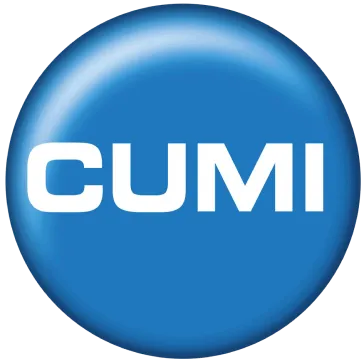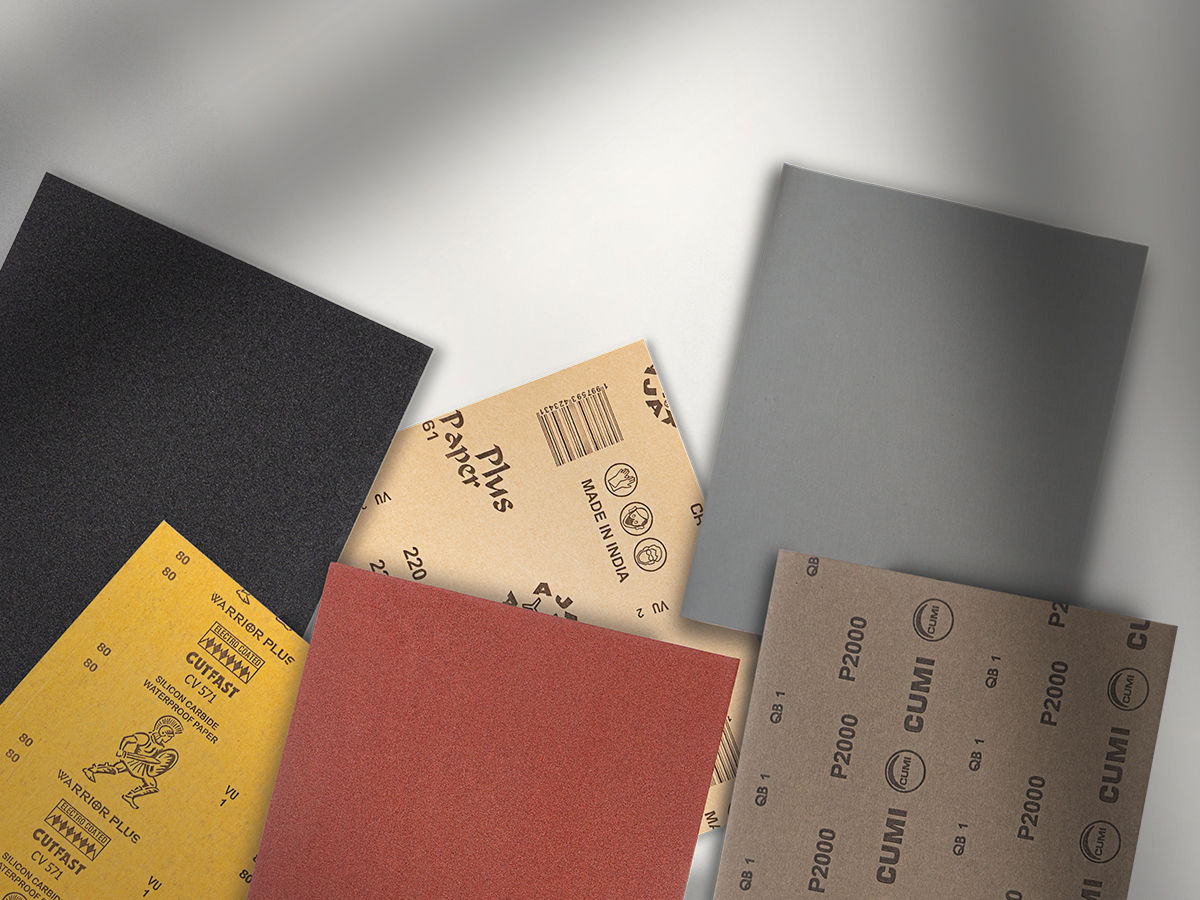When it comes to surface preparation, finishing, or polishing, sandpaper is a must-have tool across various industries—from woodworking and metal fabrication to stone polishing and automotive refinishing. But with so many types, grits, and materials available, choosing the right sand paper can be confusing.
In this complete guide to sandpaper types, we’ll break down everything you need to know—from grit levels to materials, and the difference between wet and dry sandpaper—so you can make the right choice for your specific project.
What Is Sandpaper?
Sand paper, also known as sanding paper, is an abrasive material used to remove material from surfaces through friction. It typically consists of:
- Abrasive grains (such as aluminum oxide or silicon carbide)
- A backing material (paper, cloth, or film)
- An adhesive that bonds the grains to the backing
Sandpaper Grit Sizes: Coarse to Ultra-Fine
The grit number of sand paper indicates the size of the abrasive particles. The lower the number, the coarser the paper—and the more material it removes. Here’s a breakdown:
Grit Range | Type | Best For |
40–60 | Coarse | Heavy material removal, paint stripping, rough shaping |
80–120 | Medium | Surface prep, removing small imperfections, sanding raw wood |
150–180 | Fine | Final sanding before finishing, smoothing surfaces |
220–400 | Very Fine | Between coats of finish, light sanding of painted surfaces |
600–3000+ | Ultra-Fine | Polishing, automotive finishing, stone and metal finishing |
Pro Tip: Always start with a coarser grit and move to finer grits for a smoother finish.
Common Types of Sandpaper Abrasives
Choosing the right abrasive material is just as important as selecting the right grit. Here are the most common types:
1) Aluminum Oxide
- Best For: Wood, metal, painted surfaces
- Durability: Long-lasting and self-sharpening
- Common Use: Versatile and widely used for both hand sanding and power sanding
2) Silicon Carbide
- Best For: Metal, stone, plastics, wet sanding
- Durability: Harder but wears out faster than aluminum oxide
- Common Use: Ideal for polishing and use with water or lubricant
3) Garnet
- Best For: Softwoods, hand sanding
- Durability: Wears quickly, creating a smoother finish
- Common Use: Wood finishing
4) Ceramic Alumina
- Best For: Heavy-duty sanding, metal
- Durability: Extremely durable and aggressive
- Common Use: Industrial sanding applications
Dry vs. Wet Sandpaper
Many people overlook the distinction between dry and wet/dry sandpaper, but the difference is key for performance.
1) Dry Sandpaper
- Use Cases: Woodworking, drywall, metal prep
- Abrasive Types: Usually aluminum oxide or garnet
- Application: Used without water
2) Wet Sandpaper (Wet/Dry Sandpaper)
- Use Cases: Automotive finishing, stone polishing, metal smoothing
- Abrasive Types: Typically silicon carbide
- Application: Used with water or lubricant to reduce heat and dust, and improve finish
Wet sanding is preferred for high-gloss finishes or when you need to avoid clogging.
How to Choose the Right Sand paper
Consider the following when choosing sand paper for your project:
Project Type | Recommended Grits | Abrasive Type |
Wood sanding | 80–220 | Aluminum oxide, garnet |
Metal sanding | 60–400+ | Aluminum oxide, ceramic |
Stone polishing | 200–3000+ | Silicon carbide |
Automotive finish | 400–3000+ | Silicon carbide (wet/dry) |
Paint removal | 40–80 | Aluminum oxide |
Tips for Using Sandpaper Effectively
- Don’t skip grits – Progress gradually for a smoother finish.
- Use sanding blocks or machines – Ensures even pressure and consistent results.
- Keep sandpaper clean – Tap or brush it off to remove dust and debris.
- Change sheets when dull – Worn paper reduces efficiency and may damage the surface.
- Use wet sanding for fine polishing – Especially for cars, stones, and metals.
Why Choose CUMI Sandpaper?
At CUMI (Carborundum Universal Ltd.), we specialize in high-performance abrasive solutions for every surface and material. Our wide range of aluminum oxide, silicon carbide, and specialty-coated abrasives are engineered for durability, precision, and a flawless finish—whether you’re working with wood, metal, stone, or composites.
- Industrial-grade quality
- Multiple grit options (coarse to ultra-fine)
- Wet & dry sanding solutions
- Trusted by professionals worldwide
Shop Sandpaper Online with CUMI
Looking for reliable sandpaper that delivers superior results? Explore our full range of sanding papers at www.cumiabrasives.in and find the perfect match for your needs.
Conclusion
From coarse 40-grit sheets for heavy-duty sanding to ultra-fine 3000-grit papers for polishing, understanding sandpaper types is the first step to achieving professional-quality finishes. By choosing the right grit, material, and application method—especially between dry vs wet sanding—you’ll ensure better performance, fewer errors, and a smoother final result.





